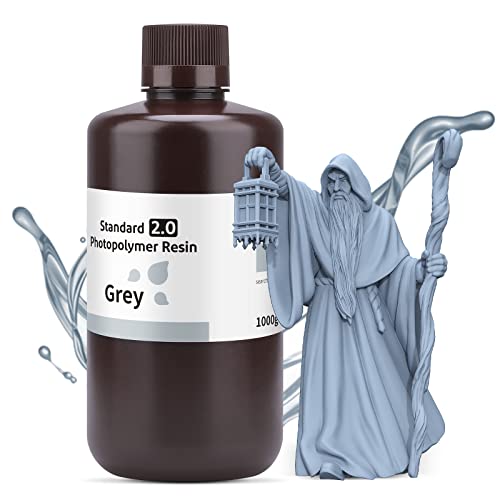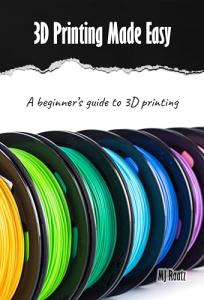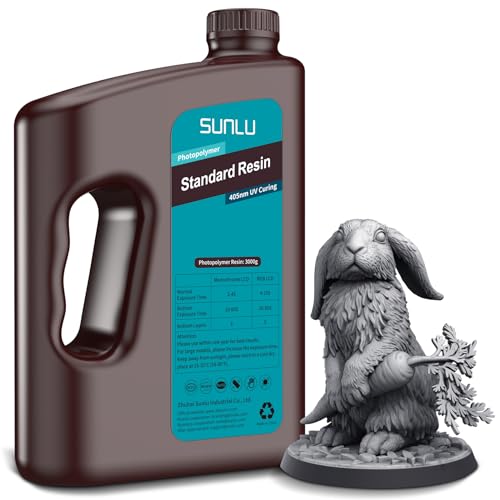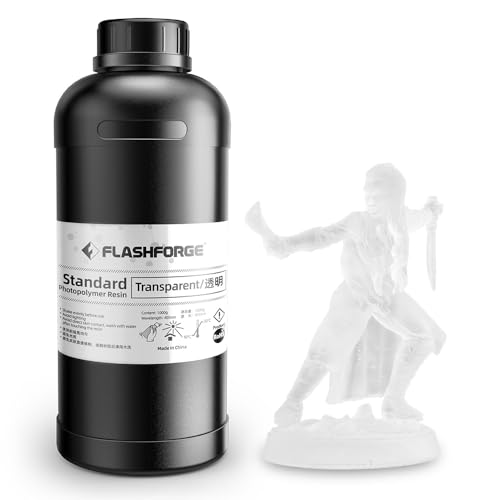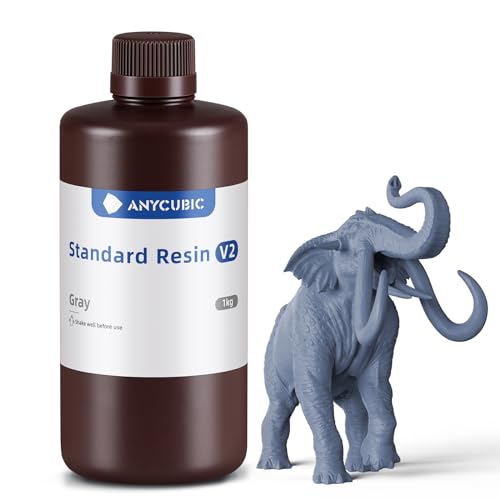If you’re just diving into the world of 3D printing, starting with the basics can make a huge difference. You’ll want to understand the main components: the printer itself, the software, and the materials. Each part plays a vital role in helping you create amazing 3D prints.
First up, let’s talk about the printer. There are different types, like FDM and SLA. FDM printers use melted plastic to form layers, which is pretty straightforward and great for beginners. SLA printers take it up a notch by using resin, offering finer details but needing a bit more care. Choose one that fits your needs and budget!
Next, the software is key to your success with 3D printing techniques. You’ll use it to design your creations or prepare models for printing. Programs like Tinkercad and Fusion 360 are user-friendly and perfect for newcomers. They allow you to get hands-on without overwhelming you with complexity.
Lastly, let’s not forget about materials. When you’re starting out, PLA is one of the best choices. It’s easy to work with, biodegradable, and comes in tons of colors. As you gain confidence, you can experiment with different filaments like PETG or even flexible materials.
Choosing the Right 3D Printer for You
Picking the right 3D printer can feel overwhelming, especially if you’re just getting started with 3D printing techniques. You might wonder whether you need a simple desktop model or a more advanced machine. Think about what you want to create. Are you going for small prototypes, intricate designs, or larger projects? Understanding your needs will help narrow down your options.
Next, look at the different types of 3D printers available. FDM printers are popular and a great place to start. They're user-friendly and can create solid pieces using filament. If you're aiming for precise details and smoother finishes, consider SLA printers, which use resin for high-quality results. Each type has its pros and cons, so make sure to match one with your design goals.
Don’t forget about budget. Prices can vary widely. You can find entry-level printers for a few hundred bucks, but if you want advanced features or higher quality, you might need to invest a bit more. Think about the ongoing costs, too, like filament or resin. Always factor that in when making your decision.
Finally, consider the size and build volume of the printer. If you're dreaming big, you need a printer that can handle larger builds. But if space is tight, a compact model might be the way to go. Check reviews and user feedback for real-life experiences. This helps you learn about any quirks and how well each printer performs, getting you closer to mastering those 3D printing techniques.
ELEGOO 2.0 Grey Photopolymer Resin for 3D Printing
Get stunning detail and vibrant colors with this easy-to-use resin designed for top-notch 3D printing results
Product information
€21.70
Product Review Score
4.75 out of 5 stars
199 reviewsProduct links
Essential Tips for Print Quality Improvement
Improving your print quality can be a game-changer in your 3D printing journey. Here are some essential tips that’ll help you nail those 3D printing techniques and keep everything looking sharp.
First up, always level your print bed. It's a simple step but super important. A bed that’s not level can lead to a ton of problems, like uneven layers or poor adhesion. Use a piece of paper to feel for the distance between the nozzle and bed—this shouldn't be too tight or too loose. Just the right amount of resistance will do the trick!
Next, keep an eye on your filament. If you’re using a spool that's been sitting around for a while, moisture can sneak in and ruin your prints. Invest in a dry box or silica gel packs to keep your filament dry. This small step makes a big difference in print quality. You'll notice that your layers will stick better and you’ll avoid those pesky stringing issues.
Don’t overlook the nozzle size. Depending on what you're printing, switching to a larger nozzle can speed things up and improve the strength of your prints. Smaller nozzles are great for fine details, but if you're working on something bigger or tougher, a larger nozzle will get the job done faster and with less hassle.
Lastly, experiment with your print speed. A slower speed usually means better quality, but each printer is different. Take some time to do a few test prints at various speeds. This way, you can find the sweet spot where speed meets quality for your specific printer and material. Happy printing!
Easy 3D Printing Guide for Beginners
Kickstart your 3D printing journey with simple tips and tricks that make it fun and hassle-free
Product information
€2.01
Product Review Score
4.89 out of 5 stars
195 reviewsProduct links
Exploring Advanced 3D Printing Techniques
When it comes to 3D printing techniques, there’s a whole world of advanced options waiting for you. If you’ve got the basics down, it’s time to dive deeper. From multi-material printing to using innovative filaments, these techniques can really take your projects to the next level.
One cool method is multi-material printing. This lets you combine different materials in one print. Imagine creating a toy with flexible parts and rigid sections all at once. It opens up endless possibilities for design flexibility. Plus, it can save you time by reducing the need for assembly. Just think about the creative projects you can whip up!
Another fascinating technique is the use of specialty filaments. There are materials like wood-infused, metal-infused, or even glow-in-the-dark filaments. These not only add unique aesthetics to your prints but can also enhance functionality. For instance, using a flexible filament can bring your prototypes to life, allowing them to bend and stretch just like the real thing.
If you’re feeling adventurous, you might want to explore dual extrusion printing. This lets your printer use two different filaments in one print. You can mix colors or textures seamlessly. It’s a bit more challenging, but the results can be stunning. Set your sights on that intricate vase or multi-colored action figure you’ve always wanted to make!
Finally, don’t overlook the benefits of post-processing techniques. Things like sanding, painting, or even using chemical baths can elevate your prints from “good” to “wow.” These finishing touches can really bring out the detail in your work, making everything look polished and professional.
